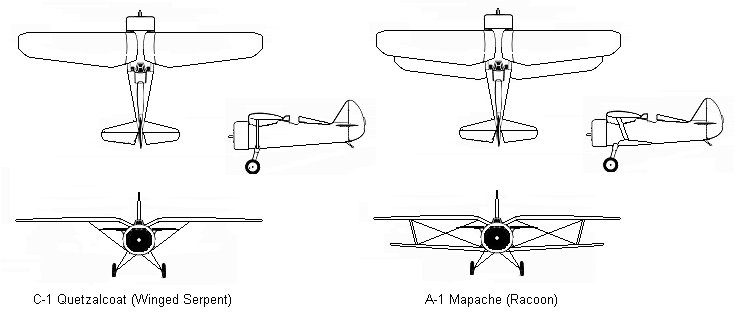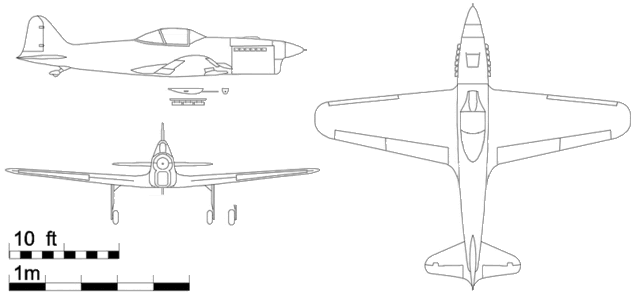You are not logged in.
Dear visitor, welcome to WesWorld. If this is your first visit here, please read the Help. It explains in detail how this page works. To use all features of this page, you should consider registering. Please use the registration form, to register here or read more information about the registration process. If you are already registered, please login here.


This post has been edited 1 times, last edit by "Desertfox" (Mar 30th 2007, 4:46am)



This post has been edited 1 times, last edit by "Swamphen" (Mar 29th 2007, 11:42pm)


This post has been edited 2 times, last edit by "Swamphen" (Mar 30th 2007, 4:30pm)
This post has been edited 1 times, last edit by "Kaiser Kirk" (Mar 30th 2007, 12:26am)

Quoted
Originally posted by Red Admiral
Using 100-oct fuel will only make a difference if the engine is redesigned to have a bigger compression ratio. In which case you'll get more power, but it might also mean more weight as the cylinders might have to be strengthened to cope with the increased pressure.
This post has been edited 2 times, last edit by "Kaiser Kirk" (Mar 30th 2007, 7:24pm)
Quoted
Originally posted by Hrolf Hakonson
If the PAF started using He-112s for it's land-based fighters, and then added He-112Ts for its carrier(s), then you could benefit from commonality in training, spare parts, manufacturing, etc. Just a thought.....
Forum Software: Burning Board® Lite 2.1.2 pl 1, developed by WoltLab® GmbH
